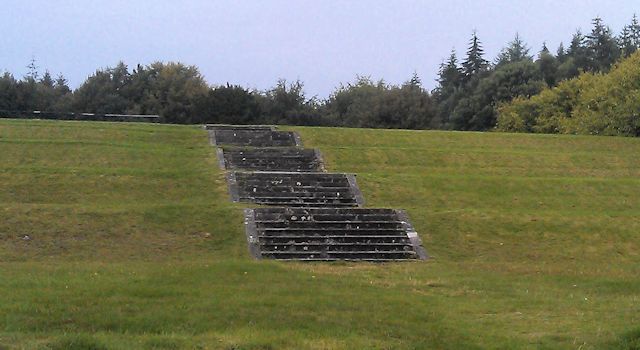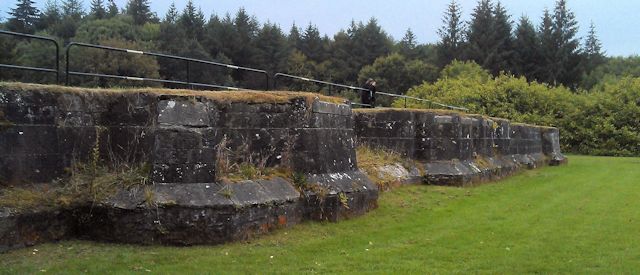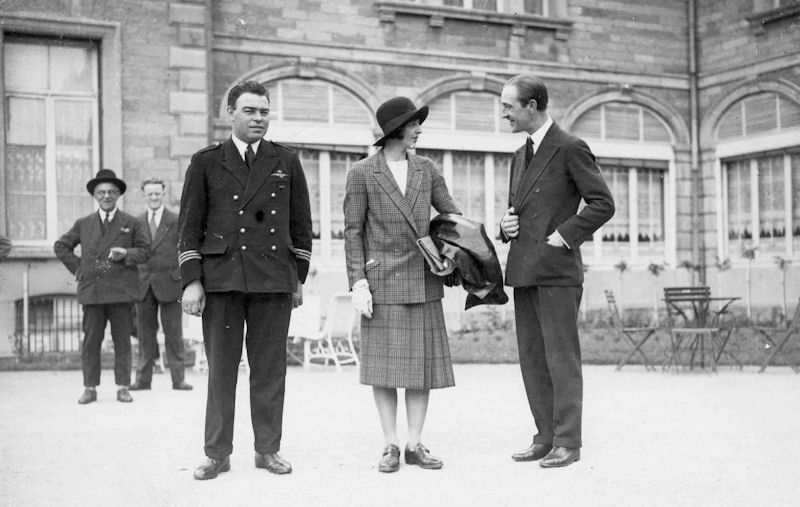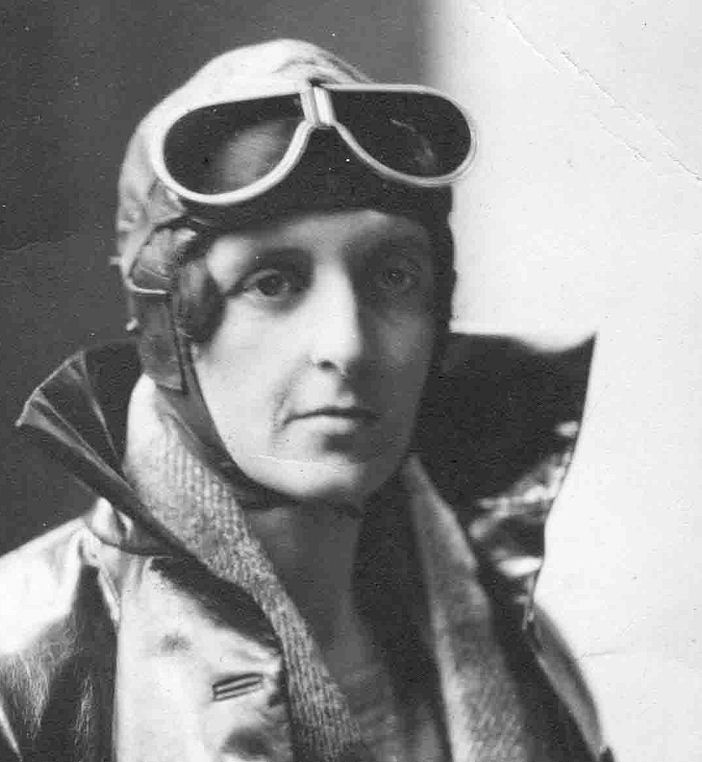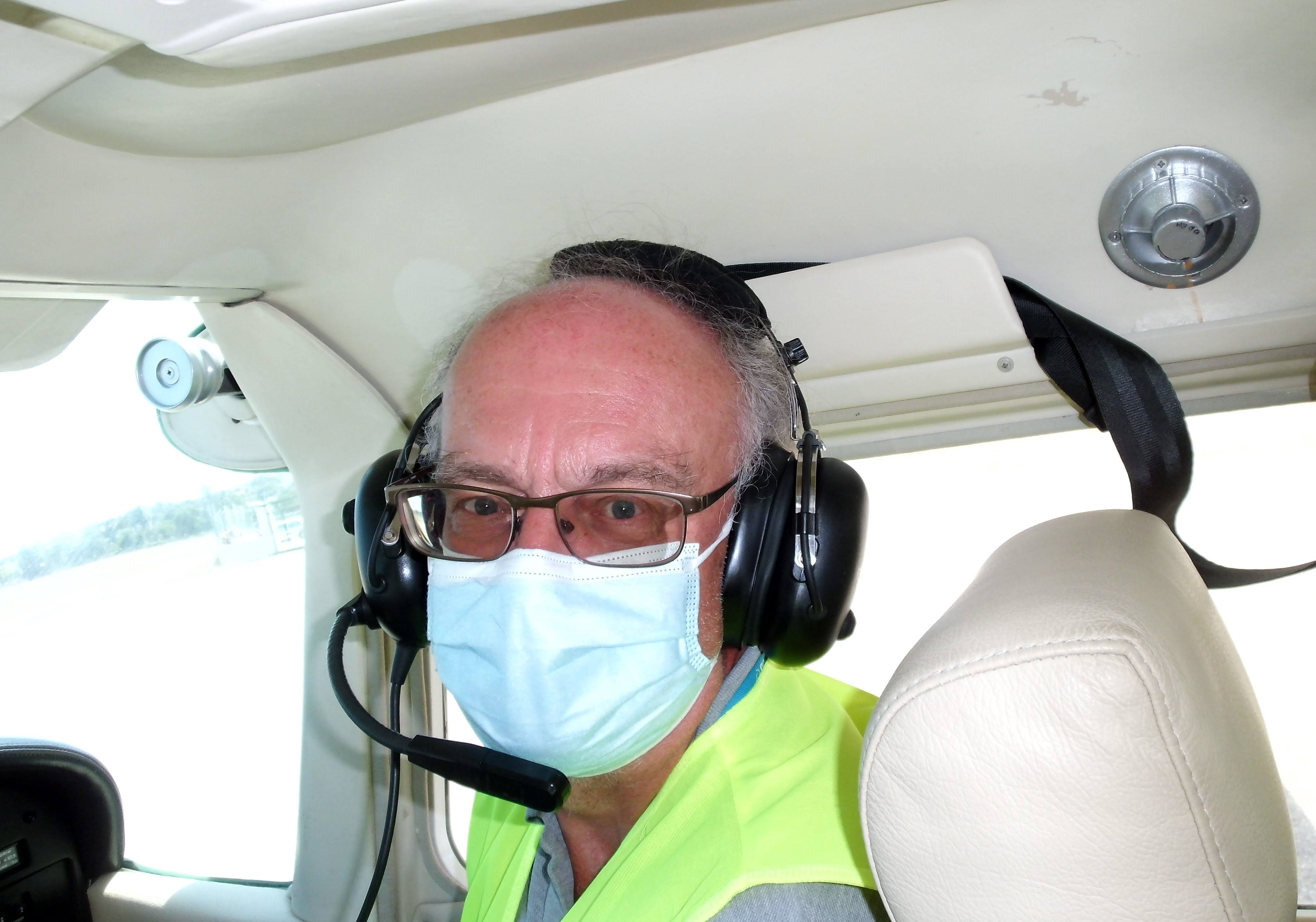|
Hon. Lady Mary Bailey Royal Aero Club Certificate No. 8067 (26 Jan 1927) |
|
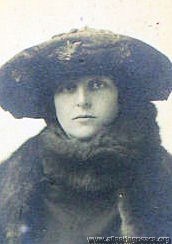 1927, aged 37 1927, aged 37 |
1930, aged 40 |
|
The Hon. Mary Westenra, b. 1 December 1890 in London but brought up mainly in County Monaghan, Ireland. Her family's home was Rossmore Castle, which was a grand affair built in the 1820s, with turrets, a vast drawing room and servants' quarters, not to mention about 20 cottages on the estate:
Here she is, with her brother Willie, and parents (Mittie and Derry) on a set of steps by the house, in 1913:
I visited County Monaghan in 2014 and asked in the local museum if they knew where the house was. 'Oh yes' they said, 'but it was demolished forty years ago'. It seems that it became severely infested with dry rot in the 1940s, was abandoned and, indeed, demolished in 1975. Anyway, here's all that's left of it now:
Mary married South African mining magnate and white suprematist politician Sir Abe Bailey in September 1911 (so, she was 21, he was nearly 47; his first wife had died in 1902 and he already had two children). They then had five more children - 2 boys and 3 girls. She learnt to fly at the London Aeroplane Club in 1926. She was the first woman to fly across the Irish Sea 'by the long route' from Chester to Dublin, the following August. The following March (1928) she began a solo tour to Cape Town, via Malta and then Cairo. Here, her plane was locked away by order of the Governor-General of the Sudan to prevent her from continuing alone, so she contacted Dick Bentley (who had flown to the Cape a few weeks before) to escort her in his own aeroplane over the "dangerous area of the southern Sudan". She then crashed in Tanganyika, writing off her aeroplane (she said it was her fault), but Abe made arrangements for a replacement Moth to be delivered from Pretoria and she continued, despite having 'flu. Abe was there to meet her when she arrived at the end of April. The return journey was made via the western 'French' route - the Belgian Congo, Angola and the French Congo. She finally arrived back at Croydon on 16 January, 1929, 10 months after she left. It was "undoubtedly one of the finest performances ever put up by a woman pilot." Lady Bailey was "so modest, so vague and so charming", and was "surprised that anyone should make a fuss about her journey". A Director of National Flying Services in 1929, (with Frederick Guest, Colonel the Master of Sempill, Alan Cobham, etc); she was also awarded the Brittania Trophy by the Royal Aero Club, and then made a Dame of the British Empire in 1930 for "services to aviation".
At the Chateau d'Ardennes in 1930
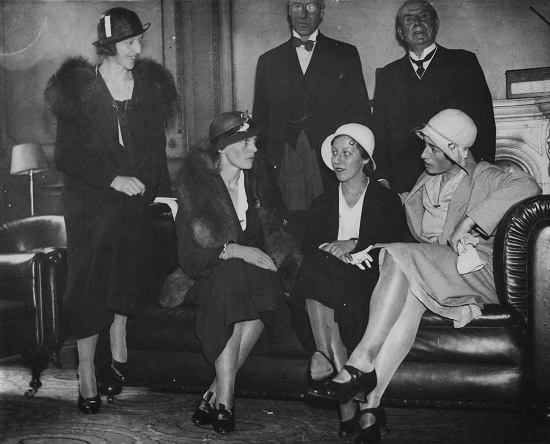
She was a guest at Amelia Earhart's reception at the Royal Aero Club in May 1932.
In early 1933 she gave everyone a scare by disappearing for several days on another solo flight to Cape Town; thankfully, she had only got lost, run low on fuel and landed safely in the Sahara. [Bert Hinkler, who disappeared at about the same time, was killed in the Alps]. She then flew back to England and almost immediately went down with a bout of typhoid, but recovered in time to compete in the King's Cup later in the year.
After that, she concentrated on looking after their horses, giving and attending loads more balls and receptions, and marrying off their many children. When Abe died in 1940, she settled near Cape Town (still keeping a house in Rutland) and died there 29th August 1960 aged 69.
Lady Mary's aeroplanes were: a 1926 DH.60 Moth (G-EBPU), a 1927 DH.60X Moth (G-EBSF, the one she crashed in Tanganyika), the replacement DH.60X Moth (G-EBTG, which Abe bought in Nairobi); a 1928 DH.60G Gipsy Moth (G-AABN); a 1929 DH.60G Gipsy Moth (G-AAEE) and a 1930 DH.80A Puss Moth, G-AAYA.
|
|
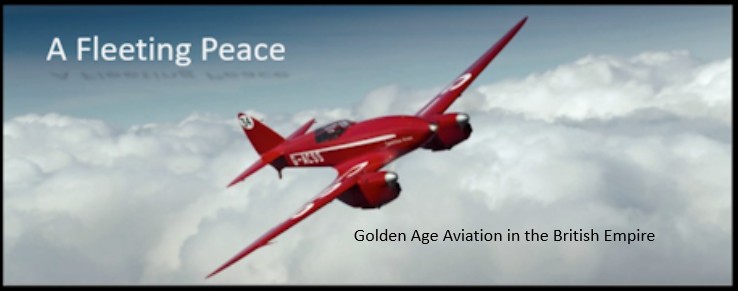
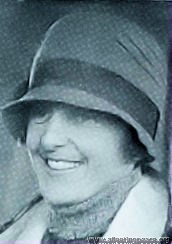
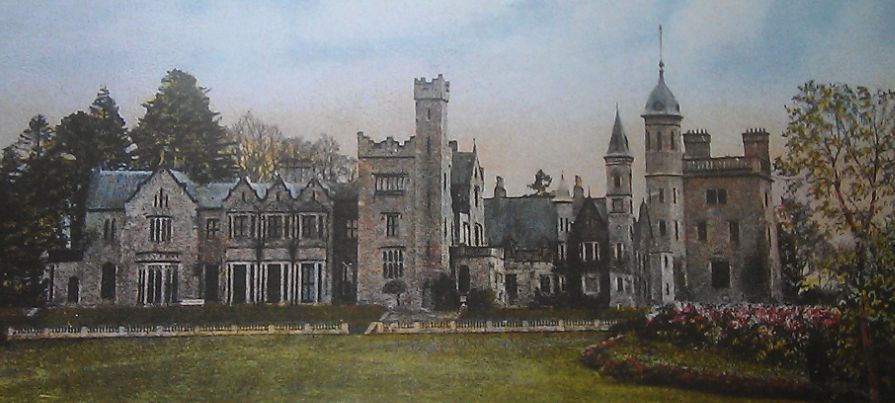 www.monaghan.ie/museum
www.monaghan.ie/museum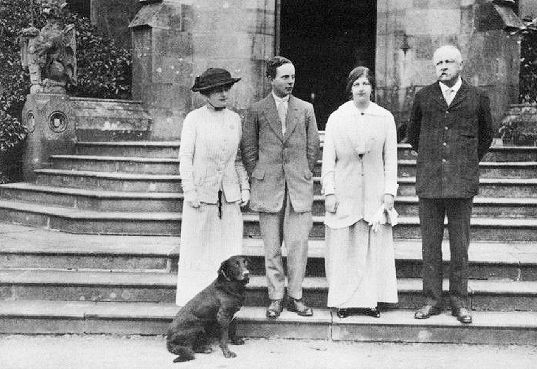 Throttle Full Open
Throttle Full Open